A new exhibition at Aberdeen University will bring together the work of one of Scotland’s most acclaimed landscape artists and the story of an Orcadian explorer – united by their passion for the Arctic.
Opening in the Sir Duncan Rice Library on Monday, the exhibition, which will run until December 16, will blend the work of Barbara Rae and artefacts from university collections which tell the story of John Rae.
Mr Rae became the first European to discover the fate of Franklin and his men while at the same time discovering the only navigable Northwest Passage, while Mrs Rae, who is no relation, also made multiple journeys across the Arctic.
By doing this, she created a new body of work deeply connected to the region’s unique landscape, with her paintings capturing the critical condition of the Arctic highlighting global warming.
The exhibition will bring together Mrs Rae’s contemporary work with a retelling of the story of Mr Rae, who trained as a surgeon and in 1833 signed on for a short-term with the Hudson Bay Company in Canada.
Captivated by the landscape and lifestyle, he stayed with the company until 1856, working on several major mapping and charting projects, spending his free time hunting and learning travel and survival skills from the First Nation and Metis people.
Arctic interest
Mrs Rae credits her own interest in the Arctic to Mr Rae after learning about the Northwest Passage in a school geography lesson and vowing that she would one day also undertake the journey.
Her work will be displayed alongside items connected to Arctic exploration, that help tell the often overlooked story of Mr Rae, including intricate ivory carvings, snowshoes, and other tools.
These will be exhibited alongside 19th century books on Arctic exploration written by himself and his contemporaries.
‘Tell the mostly forgotten story of John Rae’
Curator of the exhibition, Christina Mackenzie said: “During preparation for the exhibition The Northwest Passage, museum staff found many interesting items in the University of Aberdeen’s rare books and museum collections relating to Arctic exploration.
“It is great to be able to not only display these amazing artworks by Barbara Rae but to tell the mostly forgotten story of John Rae and his accomplishments. Seeing the paintings alongside items relating to such exploration is striking and really does make you think about how different the landscape is now to when he was traversing it 200 years ago.”
The opening hours of the exhibition will be daily from 11am to 7pm.
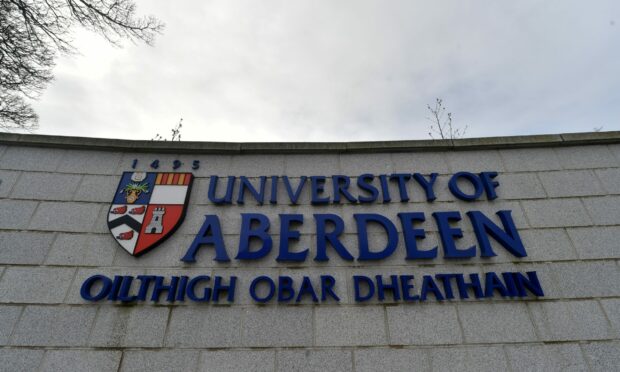
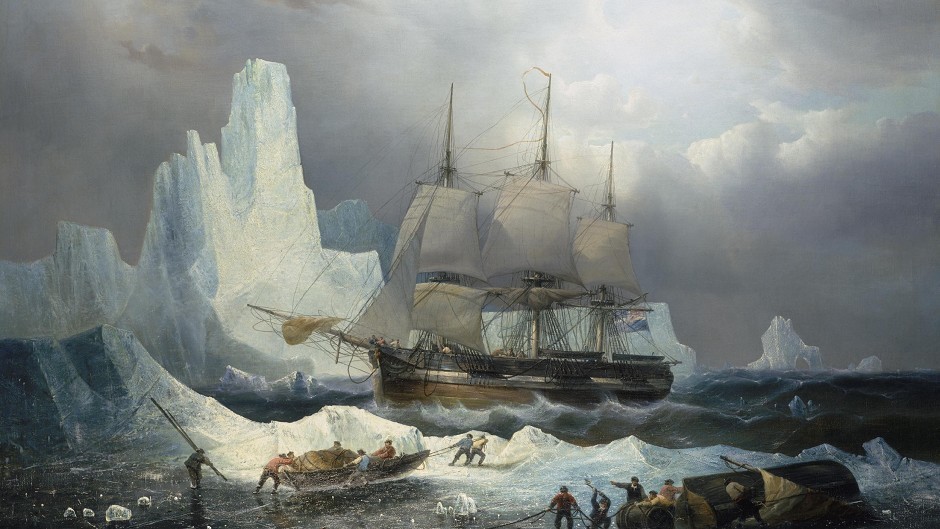


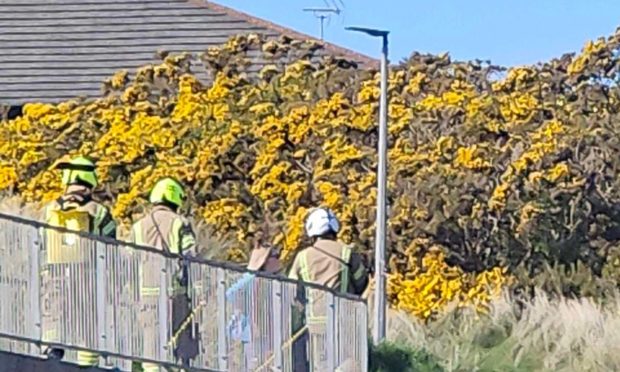
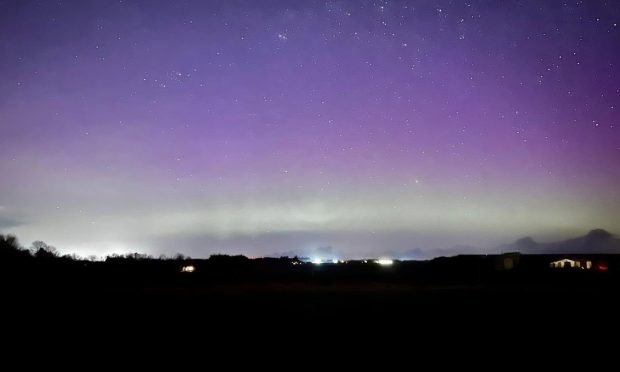

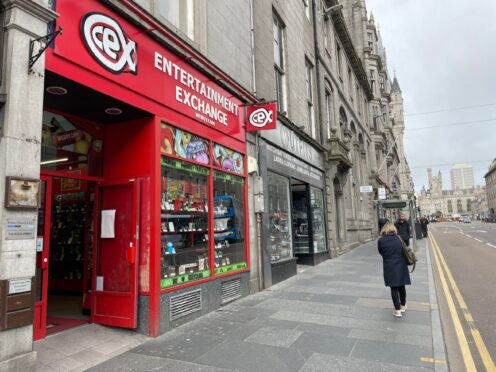

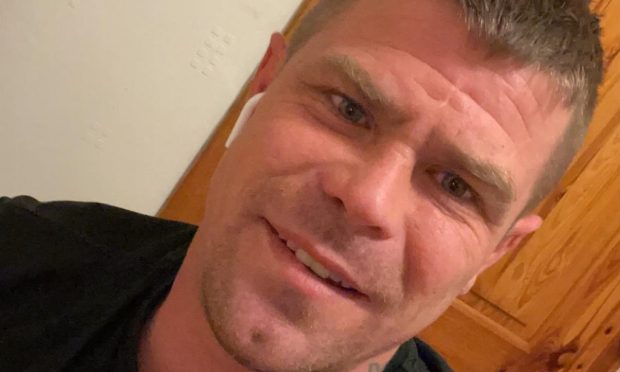
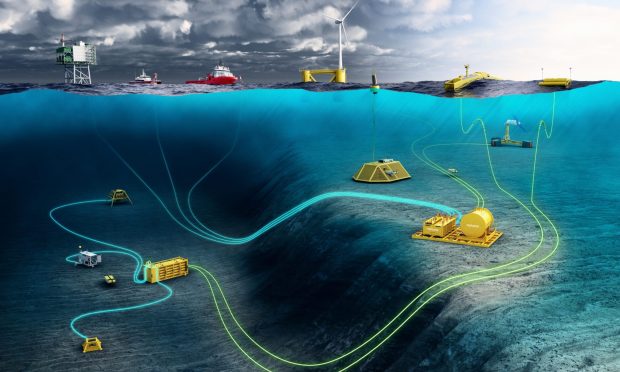

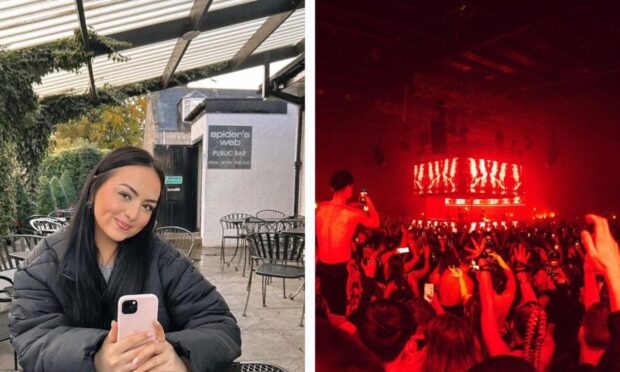
Conversation